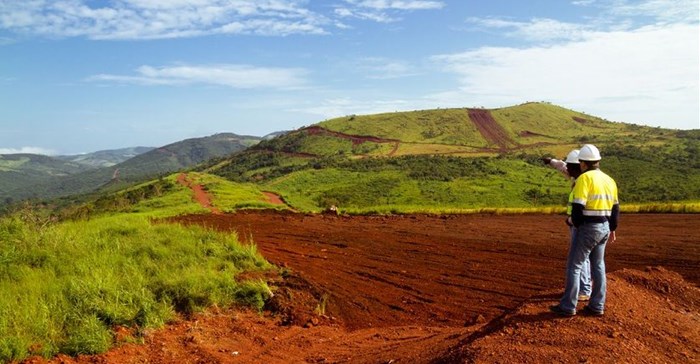In sub-Saharan Africa mining is no longer about the extraction of minerals, it has become the mainstay of mineral producing economies. The prevailing themes surrounding the region's mining sector in the last quarter of the year include; regulatory pressure, growing risks from illegal mining activity and an increase in M&A activity. Despite the improved commodity prices, the region's largest mining economies are expected to witness a contraction owing to regulatory developments and operational challenges.
The regulatory adjustments remain a dominant theme across the region with several governments in the region having either implemented or announced intentions to review their respective mining codes. Increasing regulatory obligations, international reporting requirements, resource nationalism and sustainable development are just some of the factors that mining economies are being required to navigate in order to alleviate poverty and address internal infrastructural deficits. Particularly noteworthy policy pronouncements were made in the DRC, South Africa, Tanzania, Zambia, and Zimbabwe with common agenda of improving the participation of indigenous companies and civilians in the sector.
Regulatory changes
Through its new mining code, the DRC raised royalties on minerals across the board. Key mining companies highlighted that the new code will as it breaches title holders’ rights, increases royalty payments on copper, cobalt and gold, and introduces new taxes. The new code also poses a threat to the country’s investor profile rendering its landscape as very risky to navigate. In a similar way, the Malian government also intends to introduce a policy that would increase royalty costs for miners within the purview of community development.
The region’s fourth largest gold producer, Tanzania, sought to take more profits from its vast mineral resources by making it compulsory for foreign owned mining groups to offer shares to the government and local companies. The regulatory changes are part of the government’s new exercise for prioritising indigenous Tanzanian companies in granting opportunities in the mining sector. This overhaul of the fiscal and regulatory regime has resulted in asset sales and a reconsideration of planned investments into the country's mining sector.
The South African government passed a new mining charter that will raise compliance costs for miners. The charter seeks address issues within mining communities by proposing that 8% of the 30% black economic empowerment shareholding for new mining rights be distributed to host communities in the form of a community trust. Furthermore, the charter is a platform for the South African government to hold mining companies accountable for their social and economic obligations to host communities. While these pronouncements contribute largely to the deteriorating investor confidence, another key contributor is the change in government and the country's poor regulatory score throughout the year.
Earlier in the year Zambia introduced regulations designed to compel miners to transport 30% of their cargo for export by rail as the government looks to revive local rail services. In addition, efforts to undertake a retrospective tax audit of all domestic miners was an indication of rising regulatory risk in the country. Further changes to regulations in the country will impair investor sentiment in the country.
The Zimbabwean government changed its Indigenisation law to limit majority ownership by state entities to only diamond and platinum subsectors and not the entire mining sector as provided in the previous legislation. The approval of new mining legislation in Zimbabwe seeks to open the country up to greater levels of investment and boost its output of minerals, such as chrome and lithium. However, the country’s failure to repatriate funds due to liquidity crunch remains a major deterrent for the foreign investors that the government seeks to attract and retain.
Sub-Saharan Africa is still poised as a key destination for investment spurred by the region's large untapped and underutilised resources. With improved commodity prices countries such as DRC, Mali and Cote d'Ivoire boast some of the fastest mining industry growth rates globally. While the sector remains on a growth trajectory, long-term success is by no means assured as risks on the investment landscape continue to loom. The mining economies will need focus on the growth opportunities presented along the mining value chain in the pursuit of their long-term goals to create value for their indigenous stakeholders on a sustainable basis. Another key strategy for the sector’s growth is partnering with other major or mid-tier mining economies in order to leverage infrastructure, identify operating synergies and provide access to finance
































